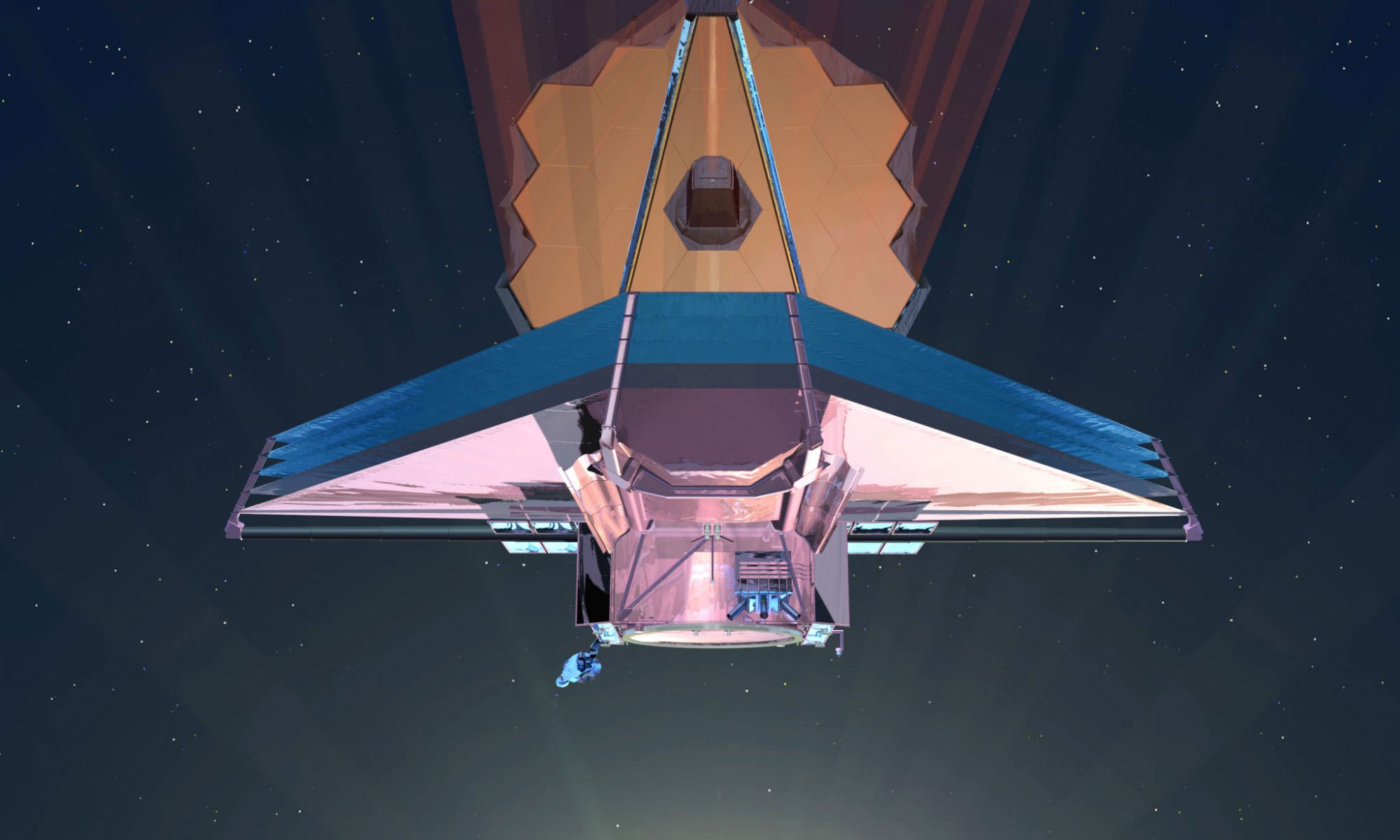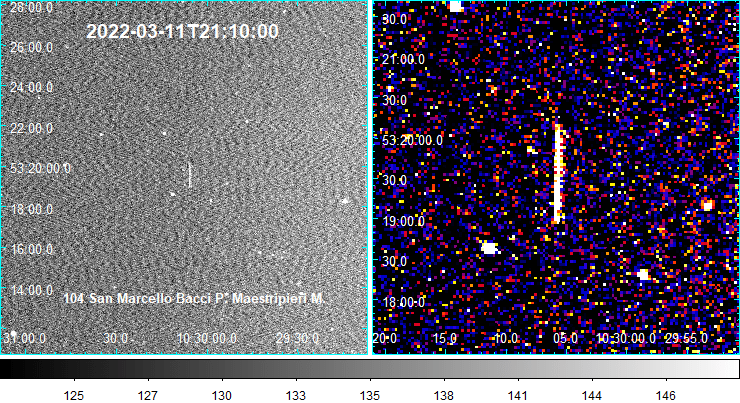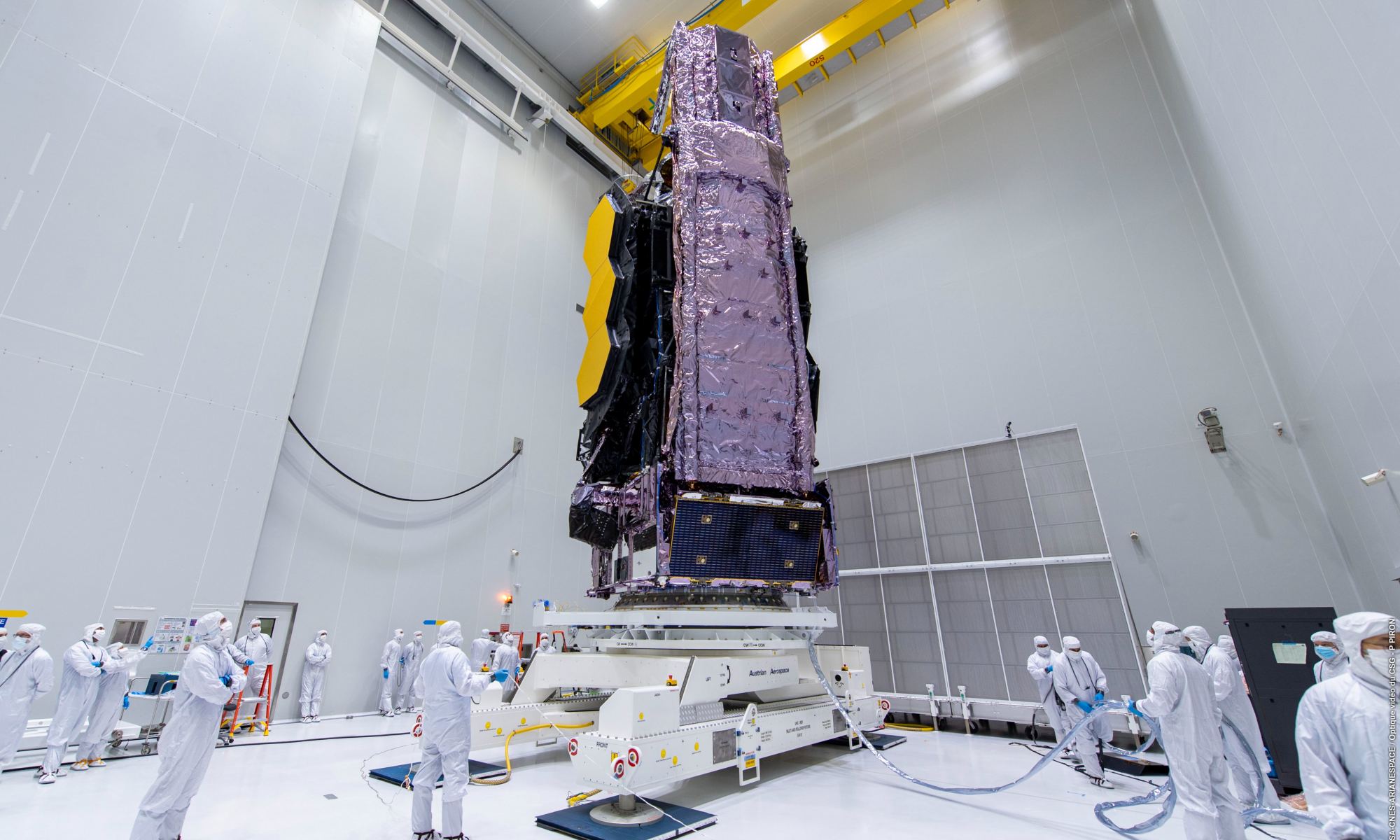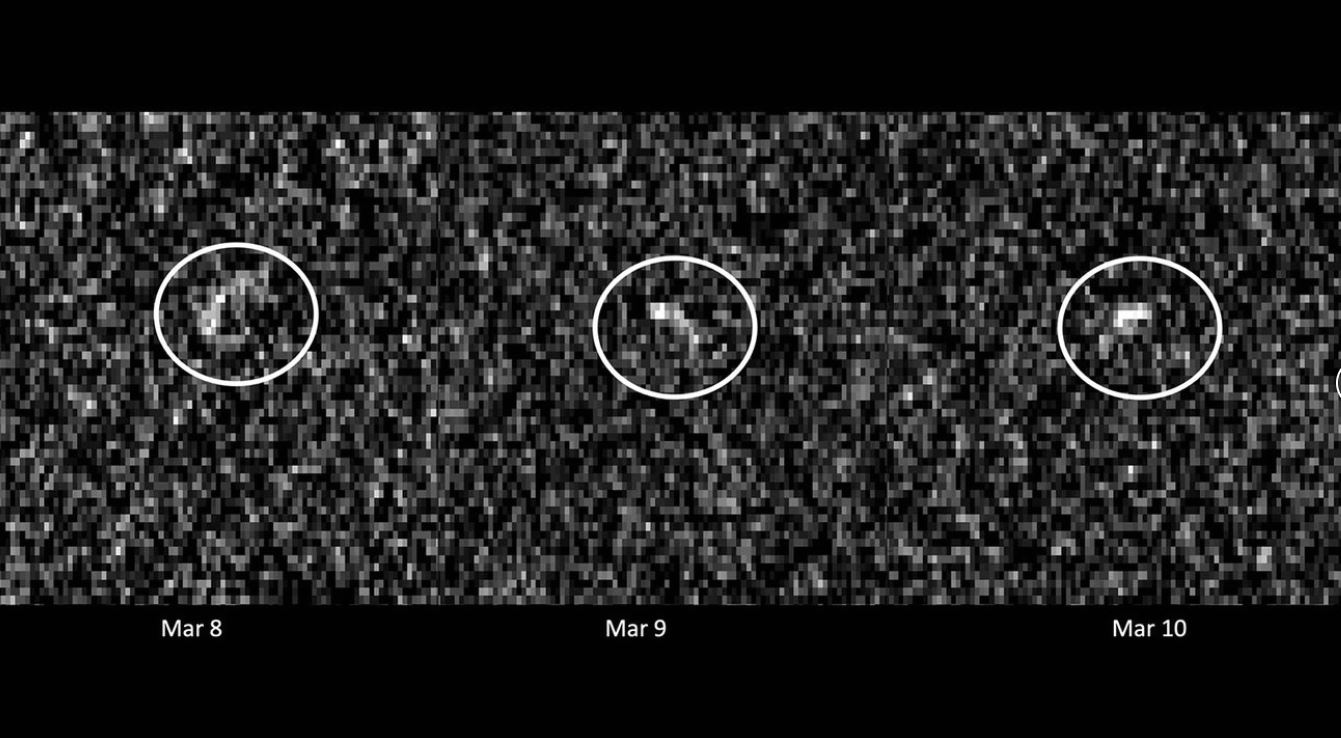Comets that venture close to the Sun can transform into something beautiful, but sometimes they encounter incineration if they get too close. Of the various types of comets that orbit close to the Sun, astronomers had never seen the destruction of the type classified as “near-Sun” comets. But thanks to a variety of telescopes on summit of Mauna Kea in Hawai?i, scientists have now captured images of a periodic rocky near-Sun comet breaking apart. They say the disintegration of this comet could help explain the scarcity of such periodic near-Sun comets.
Continue reading “Astronomers Watched a “Near-Sun” Comet Disintegrate as it Flew too Close to the Sun”Astronomers Watched a “Near-Sun” Comet Disintegrate as it Flew too Close to the Sun










